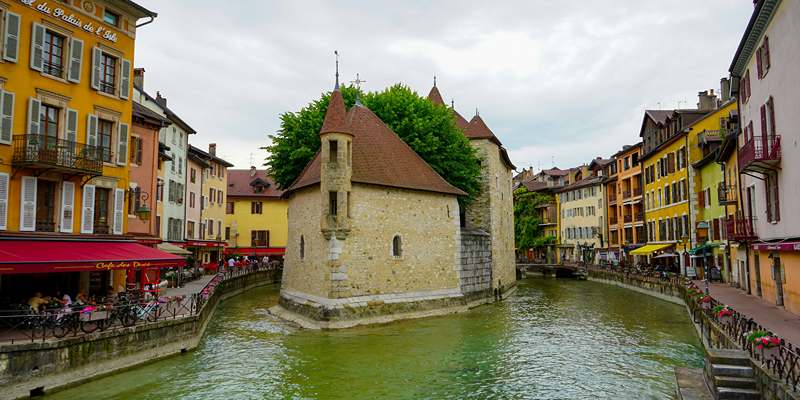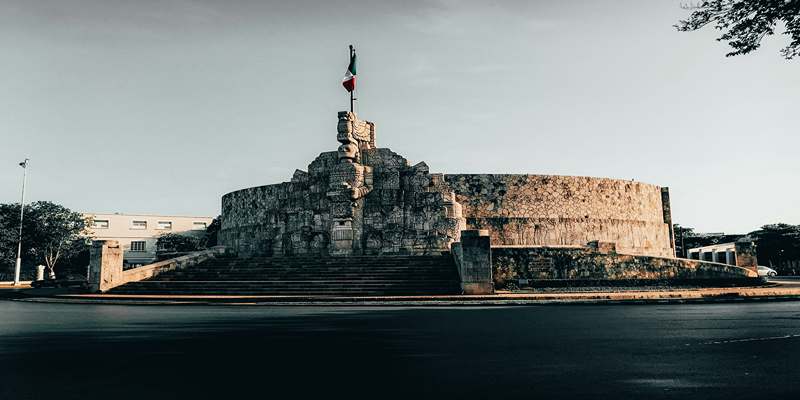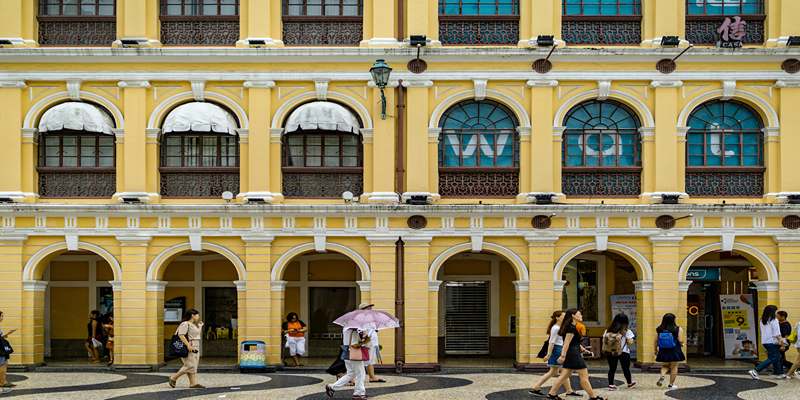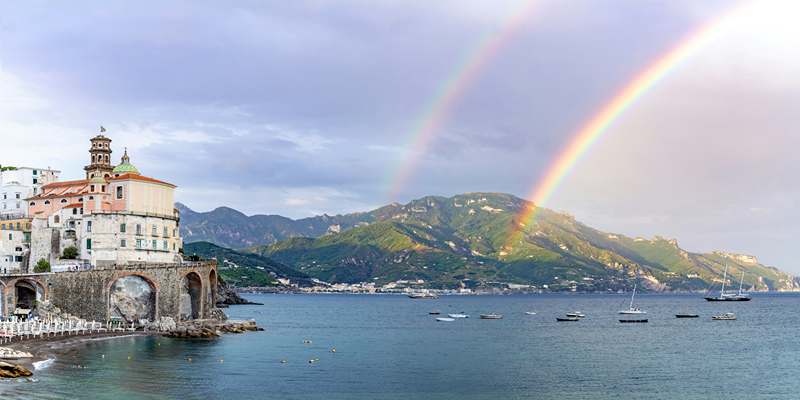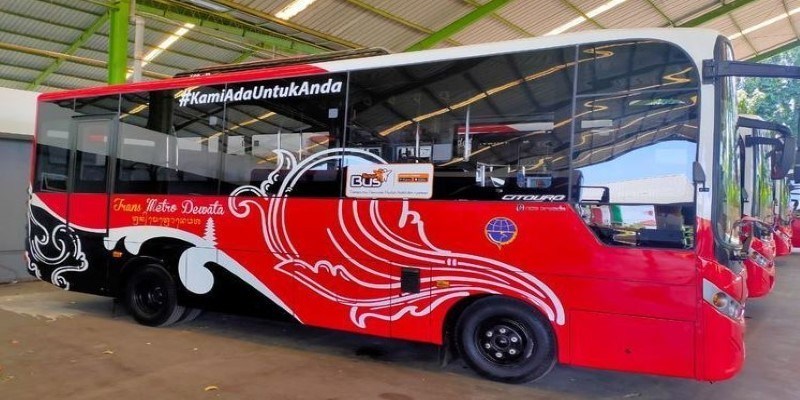The journey from Bangkok to Siem Reap by bus or train isn’t just about getting from one city to another—it’s an adventure through two countries, a test of patience at the infamous Poipet border, and a glimpse into the changing landscapes of Southeast Asia.
The journey begins in Thailand's capital city, takes you through quiet rural lands, and delivers you to the entrance of Angkor Wat. Take a bus for speed or a train for adventure: either way, the trip is full of surprises, obstacles, and tales to be told. Here's your guide to preparing for the ride.
Getting from Bangkok to the Border
The initial part of the trip involves traveling from Bangkok to Aranyaprathet, the Thai border town. Two options are available: a direct bus to Siem Reap or a combination of train and bus. Each has advantages and disadvantages, depending on your budget, mode of travel, and desired level of comfort versus adventure.
Option 1: Direct Bus to Siem Reap
If your main concern is convenience, a Bangkok-to-Siem Reap direct bus is ideal. Numerous companies provide daily trips from Mo Chit Bus Terminal or Khao San Road. The journey lasts between eight and ten hours, depending on traffic and the time it takes to clear immigration at the border.
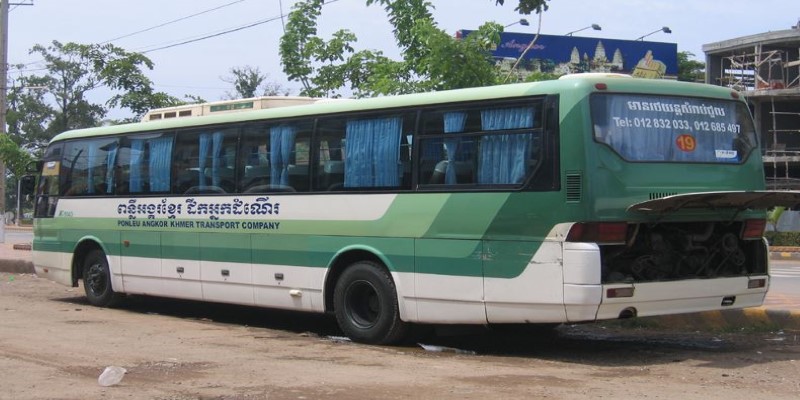
These buses usually provide air-conditioned seats, bottled water, and occasionally a light meal. The greatest benefit of a direct bus is that it takes you from start to finish, including border crossing formalities, without the need for multiple transfers. Some companies even employ staff who assist passengers through immigration.
The disadvantage, though, is that they tend to be more expensive than independent travel. You'll be at the mercy of their timetables instead of traveling at your own speed. Some operators also have a bad habit of stopping at expensive restaurants unnecessarily or waiting for other travelers at the border, adding to the journey time.
Option 2: Train to Aranyaprathet + Bus to Siem Reap
For those looking for a more authentic travel experience, the train journey from Bangkok to Aranyaprathet is a great alternative. Departing from Hua Lamphong Station, this train runs twice daily—one in the morning and another in the afternoon. The morning train is more popular among travelers since it allows for an early arrival at the border, making it easier to cross into Cambodia on the same day.
The train ride takes about five to six hours, but it’s far more scenic than the bus. With open windows and wooden seats, it provides a glimpse into Thailand’s countryside, passing through lush farmlands and small towns. It’s also the cheapest option, making it ideal for budget travelers. However, since the train doesn’t go beyond the border, you’ll have to arrange transportation from Poipet to Siem Reap separately.
Upon arriving in Aranyaprathet, travelers can take a tuk-tuk or taxi to the border, which is about 6 kilometers from the train station. From there, the real challenge begins—the Poipet border crossing.
Navigating the Poipet Border Crossing
The Poipet border crossing has a reputation for being chaotic, confusing, and full of scams. While the process itself is simple, unsuspecting travelers often fall victim to overcharging, fake visa offices, and pushy touts. Here’s what to expect and how to handle it.
Step 1: Exiting Thailand (Aranyaprathet Immigration)
Leaving Thailand is usually straightforward. Once you reach the border, head to the Thai immigration office, where you’ll receive an exit stamp in your passport. Lines can be long during peak hours, so patience is required. After clearing Thai immigration, you’ll walk across a short stretch of no-man’s land into Cambodia.
Step 2: Entering Cambodia (Poipet Immigration)
Crossing into Cambodia at Poipet can be a test of patience, as it’s known for long waits, extra fees, and persistent scams. Travelers opting for a visa-on-arrival must fill out a form, provide a passport photo, and pay the official $30 visa fee. However, border officers often request an additional “processing fee” of $5 to $10. Some travelers avoid this by politely insisting on the official price, while others choose to pay to expedite the process.
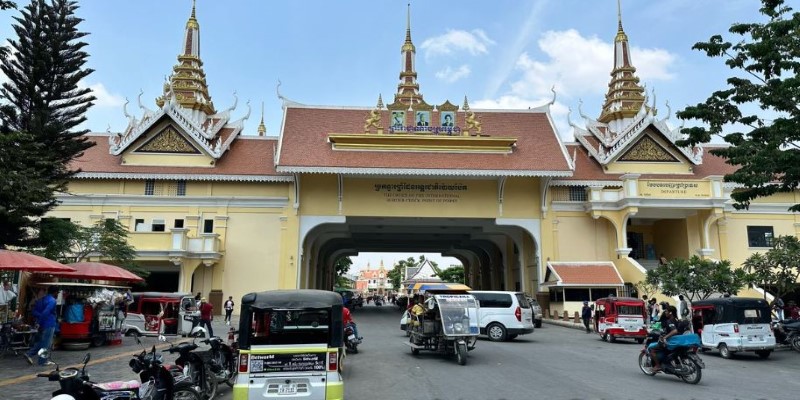
An e-visa is a more convenient option to sidestep these issues. Applying online in advance allows you to skip certain steps and head straight to immigration. However, not all land crossings accept e-visas, so it's essential to check beforehand.
Poipet is infamous for scams, including fake visa offices overcharging travelers and touts selling unnecessary “fast-track” services. Some taxi drivers falsely claim buses to Siem Reap don’t run, leading tourists to overpriced rides. Stay informed, ignore pushy offers, and follow official procedures.
Once through immigration, you’re officially in Cambodia, ready for the final stretch to Siem Reap.
Getting from Poipet to Siem Reap
After crossing the border, the next step is reaching Siem Reap, which is about 150 kilometers away. Depending on your budget and patience, you have three main options:
Direct Bus – If you booked a direct bus from Bangkok, you'll re-board after immigration clearance. It's the easiest option, but delays may occur while waiting for other passengers.
Shared Taxi—This is a faster but more expensive option. Shared taxis take about two hours and cost more than a bus, but they depart immediately when full.
Minibus – Minibuses are cheaper than taxis but may take longer as they wait for more passengers before departing.
The road from Poipet to Siem Reap is now paved, ensuring a smoother journey. Travelers pass rural villages, vast rice paddies, and signs pointing toward Angkor Wat, the iconic final destination for most visitors to Cambodia.
Conclusion
Traveling from Bangkok to Siem Reap by bus or train offers a mix of convenience and adventure. The bus provides a direct, hassle-free journey, while the train adds a touch of slow travel charm. The Poipet border crossing can be challenging, but with the right preparation, it becomes just another part of the experience. No matter which route you take, the reward is the same—Siem Reap’s breathtaking temples, bustling markets, and rich cultural heritage make the journey worthwhile.


